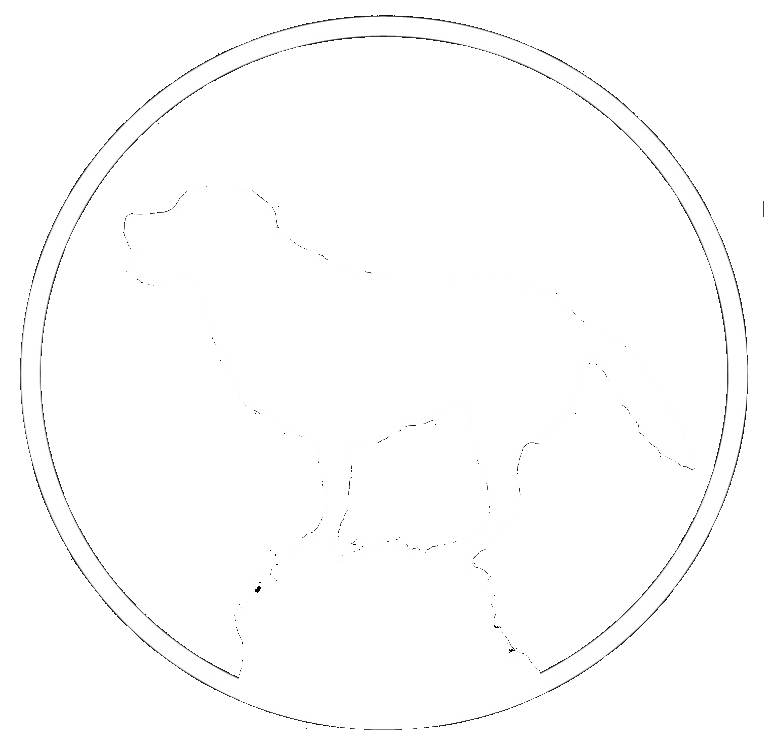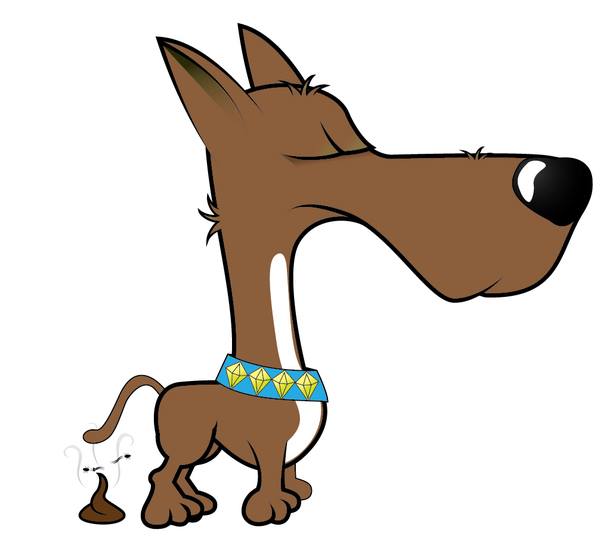When choosing a breed, it’s important to do your research. Some breeds have a lot of energy and exercising them can be a full time job, especially in the puppy years. A very intelligent dog is appealing in theory, but can be very challenging to own and train versus a dog who is smart enough to learn and obey commands, but doesn’t need a job to be happy or require mental stimulation on a daily basis in addition to exercise. Even my most active clients have enlisted our hiking service because their working dog has more energy than it’s possible for them to drain with a full-time job - even my ultra marathoner couldn’t run her Pointer enough to keep him happy and sane.
A breed that becomes very popular quickly is easily capitalized on and attracts non-reputable breeders who are looking to make money and not to produce healthy or mentally sound dogs because of their lack of experience or simply not caring. Often, you get what you pay for. The cheapest dog available may be prone to health problems.
If your goal is to have a pet or companion, a working breed, however attractive, may not be the best fit. Picking the right breed will ensure you both have the happiest life possible. If you chose to buy from a breeder, which is the right choice for some people, we have some tips on how to pick the right one.
Our guest expert, Annie Angello, knows dogs. She has rescued in the past, but competes in several disciplines and has worked with many breeders to find the right dogs for her. I asked her to share her process to give you the best chance of picking a reputable breeder so your dog has the health and temperament they need to be a great pet for you for years to come.
Initially, there are three things to consider.
Bloodlines: Is your chosen breed one where there's a distinct divide between show and working line? What are your goals with this dog? What do you consider important or desirable? What are your deal breakers?
Distance: If you want a dog from a particular type of bloodline, there may not be anyone local. Are you willing to travel to pick up or work with the breeder to ship the puppy?
Health testing: Every breed will, through the CHIC (Canine Health Information Center) program will have a battery of health tests which run through the known issues in the breed. Examples include PRA in the Collie breeds, Wobbler's in Dobermans, and congenital heart defects in Cavalier King Charles Spaniels.
From there, begin the interview phase. For me this is basically emailing/facebook messaging/otherwise contacting a series of breeders, requesting information based around:
If they feel their dogs would be a good fit for what I'm trying to accomplish
What health testing they perform on their breeding stock
Do they trial or show their dogs and if so in what venues
What the goals are of their upcoming litter/what are they intending to produce (for example, working line GSDs come in a pretty wide array of levels of drive - a dog that is suitable for a pet home would probably not be the best dog for high-level IPO competition),
What do they like to see in the people who are considering one of their puppies
Asking for referrals and speaking to owners who have bought dogs from that breeder before is a good idea to be sure you know what other owner’s experiences have been.
Does the breeder have a policy on returning a puppy/dog if he has health problems for some reason you cannot keep it?
What's the long-term relationship like? Many good breeders stay in touch with clients for years to come if not the lifetime of the dog.
Make sure your breeder hits all of these bullets:
Health test their breeding stock
Acquisition of dogs that meet their criteria and breeding to complementary bloodlines
Showing in whatever venues they choose
Prenatal care...... this isn't cheap and neither are the puppies
Other questions you may want to ask:
Do they have any particular puppy raising protocol (like Puppy Culture) they follow?
What can I expect my puppy to have been exposed to or learned by the time they come home.
A breeder who hits all these points would be a perfect scenario but the right breeder for a given person might not meet ALL those criteria. It's important to decide what's most important to you as a puppy person and then do the research to find someone who lines up with your needs and values.
A good resource for locating reputable breeders are the parent club for the breed, sporting clubs for whatever you're interested in, and rankings. For instance if you wanted to get a Border Collie to do agility with, you might take a look at the USDAA or AKC agility rankings to see if there was any one breeder who has had dogs show up in the rankings there over the years. Know that it's different for every breed and sport. Show-line dogs tend to have lower drive and more likely to be ideal for pet-centric owners vs those looking to show. Also be aware that the AKC focuses on look more than temperament, so that shouldn’t be an endorsement for your pet as breeding for appearance can lead to health problems.














